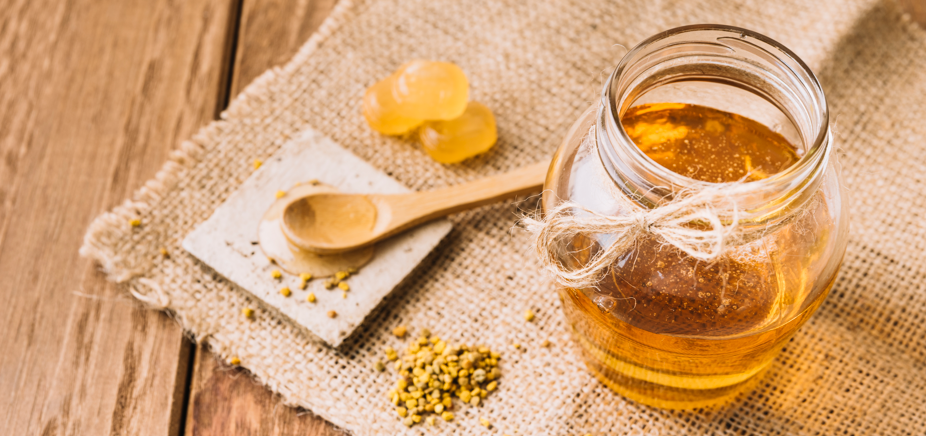Bursitis commonly affects the shoulders, elbows, hips, and knees, leading to pain, swelling, and restricted movement. Natural remedies offer a holistic approach to managing bursitis, focusing on reducing inflammation and supporting the body's healing processes. Understanding these remedies can provide additional tools for those seeking alternative or complementary treatments.
Natural Remedies for Bursitis:
-
Cold Therapy:
-
Ice Packs: Applying ice packs to the affected area can help reduce swelling and numb pain. Wrap ice in a cloth and apply it for 15-20 minutes several times a day.
-
Cold Compresses: Similar to ice packs, cold compresses can provide relief by constricting blood vessels and reducing inflammation.
-
-
Heat Therapy:
-
Warm Compresses: After the initial inflammation has subsided, applying warm compresses can help relax muscles and improve blood flow to the affected area.
-
Epsom Salt Baths: Soaking in a warm bath with Epsom salts can help reduce inflammation and soothe sore muscles.
-
-
Herbal Remedies:
-
Turmeric: Curcumin, the active ingredient in turmeric, has potent anti-inflammatory properties. Taking turmeric supplements or adding turmeric to your diet can help manage bursitis.
-
Ginger: Ginger contains compounds that reduce inflammation. Drinking ginger tea or using ginger supplements can be beneficial.
-
Willow Bark: Known as a natural pain reliever, willow bark can help alleviate the pain associated with bursitis.
-
-
Essential Oils:
-
Frankincense Oil: Known for its anti-inflammatory effects, frankincense oil can be massaged into the affected area to reduce pain and swelling.
-
Lavender Oil: Lavender oil has calming properties that can help relax muscles and reduce pain. Dilute it with a carrier oil and apply to the inflamed area.
-
Peppermint Oil: With its cooling sensation, peppermint oil can help relieve pain and inflammation. Use it topically after diluting with a carrier oil.
-
-
Dietary Changes:
-
Anti-Inflammatory Diet: Consuming a diet rich in anti-inflammatory foods such as fruits, vegetables, nuts, and fatty fish can help reduce overall inflammation in the body.
-
Omega-3 Fatty Acids: Found in fish oil, flaxseeds, and walnuts, omega-3 fatty acids have been shown to decrease inflammation.
-
Avoiding Inflammatory Foods: Reduce intake of processed foods, sugar, and trans fats that can contribute to inflammation.
-
-
Physical Activity and Stretching:
-
Gentle Exercises: Low-impact exercises such as swimming or cycling can help maintain joint mobility without putting excessive stress on the bursae.
-
Stretching: Regular stretching can help prevent stiffness and improve flexibility. Focus on gentle, controlled stretches of the affected area.
-
-
Acupuncture:
-
Acupuncture can help reduce pain and inflammation by stimulating specific points on the body. Many people find relief from bursitis symptoms through regular acupuncture sessions.
-
-
Massage Therapy:
-
Massage can help improve blood flow, reduce muscle tension, and alleviate pain. Focus on gentle, relaxing techniques rather than deep tissue massage to avoid aggravating the condition.
-
-
Rest and Activity Modification:
-
Rest: Allowing the affected joint to rest is crucial for recovery. Avoid activities that worsen the pain or inflammation.
-
Activity Modification: Modify activities to reduce stress on the affected joint. Use cushions or pads to protect the area if necessary.
-
-
Supplements:
-
Bromelain: An enzyme found in pineapples, bromelain can help reduce inflammation and pain. Taking bromelain supplements can be beneficial.
-
Boswellia: Also known as Indian frankincense, Boswellia has anti-inflammatory properties and can help manage bursitis symptoms.
-
Bursitis can be a painful and limiting condition, but various natural remedies can offer significant relief. From dietary changes and herbal supplements to physical therapies and essential oils, these natural treatments can help reduce inflammation and manage pain effectively. Integrating these remedies into your routine can complement conventional treatments and support overall joint health.




